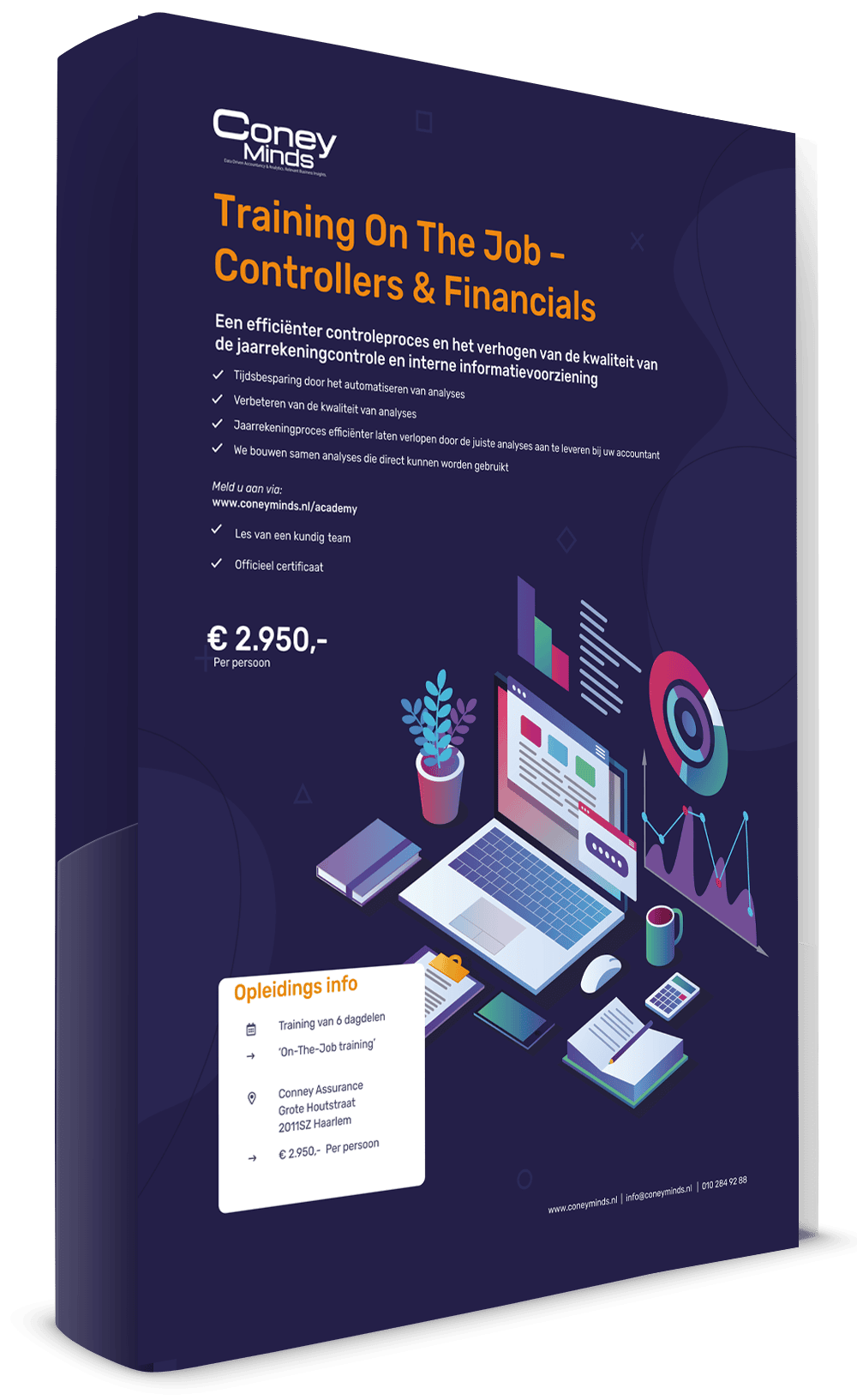In the past years, much attention has been paid to data analysis, various studies have shown that data analysis has added value for the audit of the annual accounts.
These studies therefore also endorse that every controller or accountancy firm should use data analysis when auditing the annual accounts. Studies by the AFM shows that quality is being improved in small steps, but that the accountancy profession is still far from where it should be. The use of data analysis can contribute to improving the quality of statutory audits.
With Audit Analytics you are able to build analyzes that can be used for auditing the financial statements. The auditor will use these analyzes as audit evidence.


